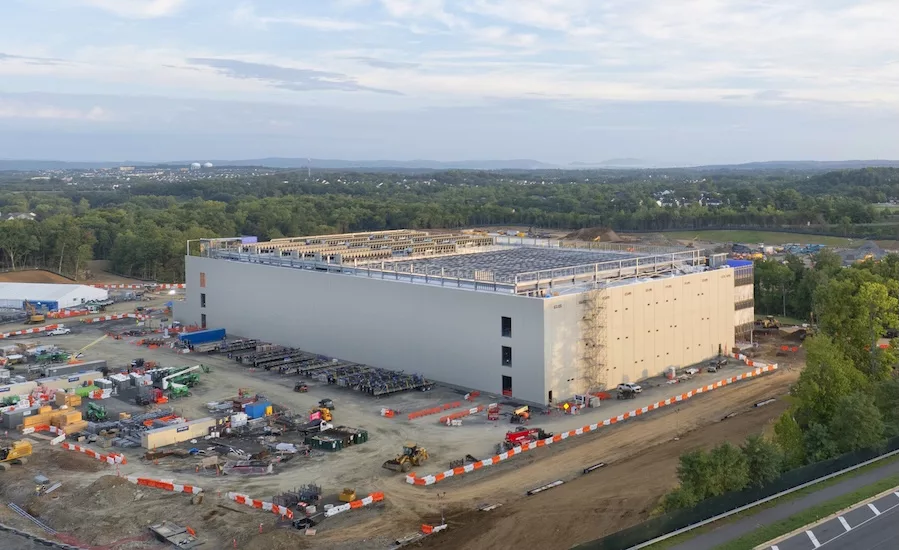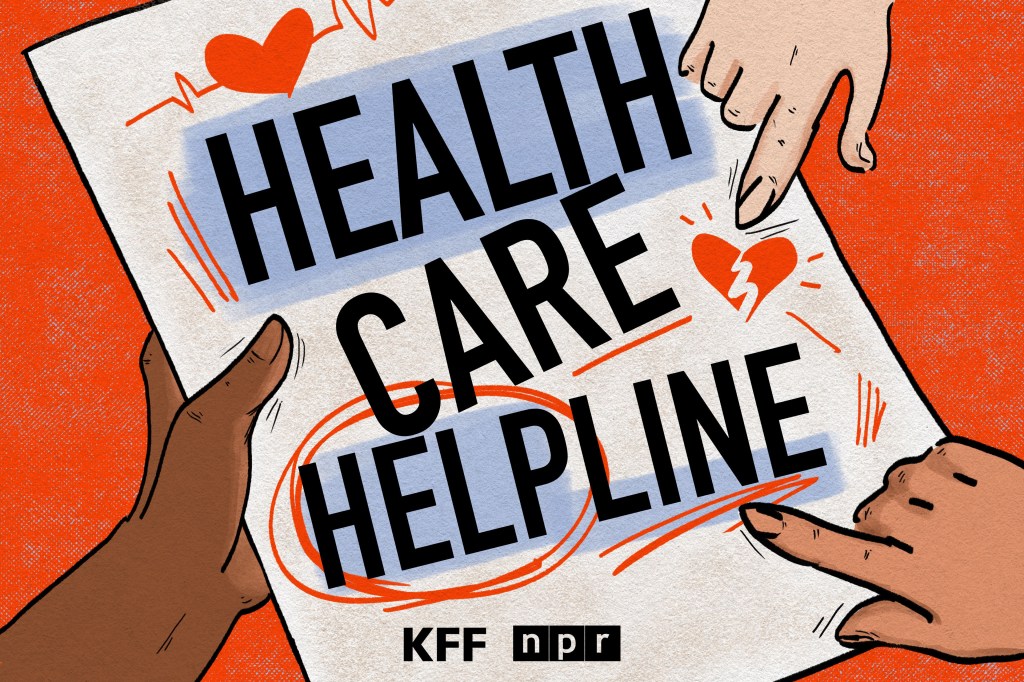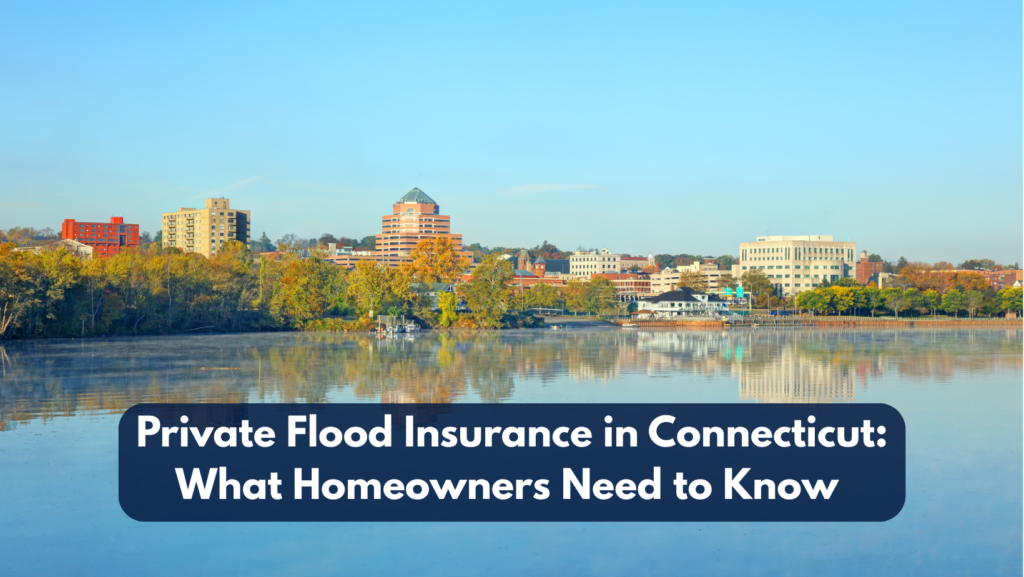Skip to content
Reading Time: 1 minute Reading Time: 1 minute Reading Time: 1 minute
Alabama Insurance
Reading Time: 5 minutes
Alaska Insurance
Reading Time: 7 minutes
Arizona Insurance
Reading Time: 10 minutes
California Insurance
Reading Time: 7 minutes
Colorado Insurance
Reading Time: 5 minutes
Connecticut Insurance
Reading Time: 5 minutes
Delaware Insurance
Reading Time: 28 minutes
Florida Insurance
Reading Time: 6 minutes
Georgia Insurance
Reading Time: 3 minutes
Idaho Insurance
Reading Time: 4 minutes
Illinois Insurance
Reading Time: 8 minutes
Indiana Insurance
Reading Time: 4 minutes
Kansas Insurance
Reading Time: 7 minutes
Kentucky Insurance
Reading Time: 5 minutes
Louisiana Insurance
Reading Time: 4 minutes
Maine Insurance
Reading Time: 6 minutes
Maryland Insurance
Reading Time: 6 minutes
Massachusetts Insurance
Reading Time: 6 minutes
Michigan Insurance
Reading Time: 6 minutes
Mississippi Insurance
Reading Time: 4 minutes
New Jersey Insurance
Reading Time: 8 minutes
New Mexico Insurance
Reading Time: 5 minutes
New York Insurance
Reading Time: 3 minutes
North Carolina Insurance
Reading Time: 6 minutes
Ohio Insurance
•
Reading Time: 4 minutes
Pennsylvania Insurance
Reading Time: 5 minutes
South Carolina Insurance
Reading Time: 3 minutes
Texas Insurance
Reading Time: 6 minutes
Utah Insurance
Reading Time: 2 minutes
Vermont Insurance
Reading Time: 4 minutes
Washington Insurance
Reading Time: 1 minute
Wisconsin Insurance
Reading Time: 8 minutes
Warning! This link is a trap for bad bots! Do not follow this link or you're IP adress will be banned from the site!





































![best-whole-life-insurance-in-nebraska-([current-date-format=y])](https://producerpress.com/wp-content/uploads/2025/10/465186-best-whole-life-insurance-in-nebraska-current-date-formaty.jpg)
![best-whole-life-insurance-in-indiana-([current-date-format=y])](https://producerpress.com/wp-content/uploads/2025/10/464766-best-whole-life-insurance-in-indiana-current-date-formaty.jpg)


![best-whole-life-insurance-in-south-dakota-([current-date-format=y])](https://producerpress.com/wp-content/uploads/2025/10/465715-best-whole-life-insurance-in-south-dakota-current-date-formaty.jpg)
![best-whole-life-insurance-in-wyoming-([current-date-format=y])](https://producerpress.com/wp-content/uploads/2025/10/465784-best-whole-life-insurance-in-wyoming-current-date-formaty.jpg)



